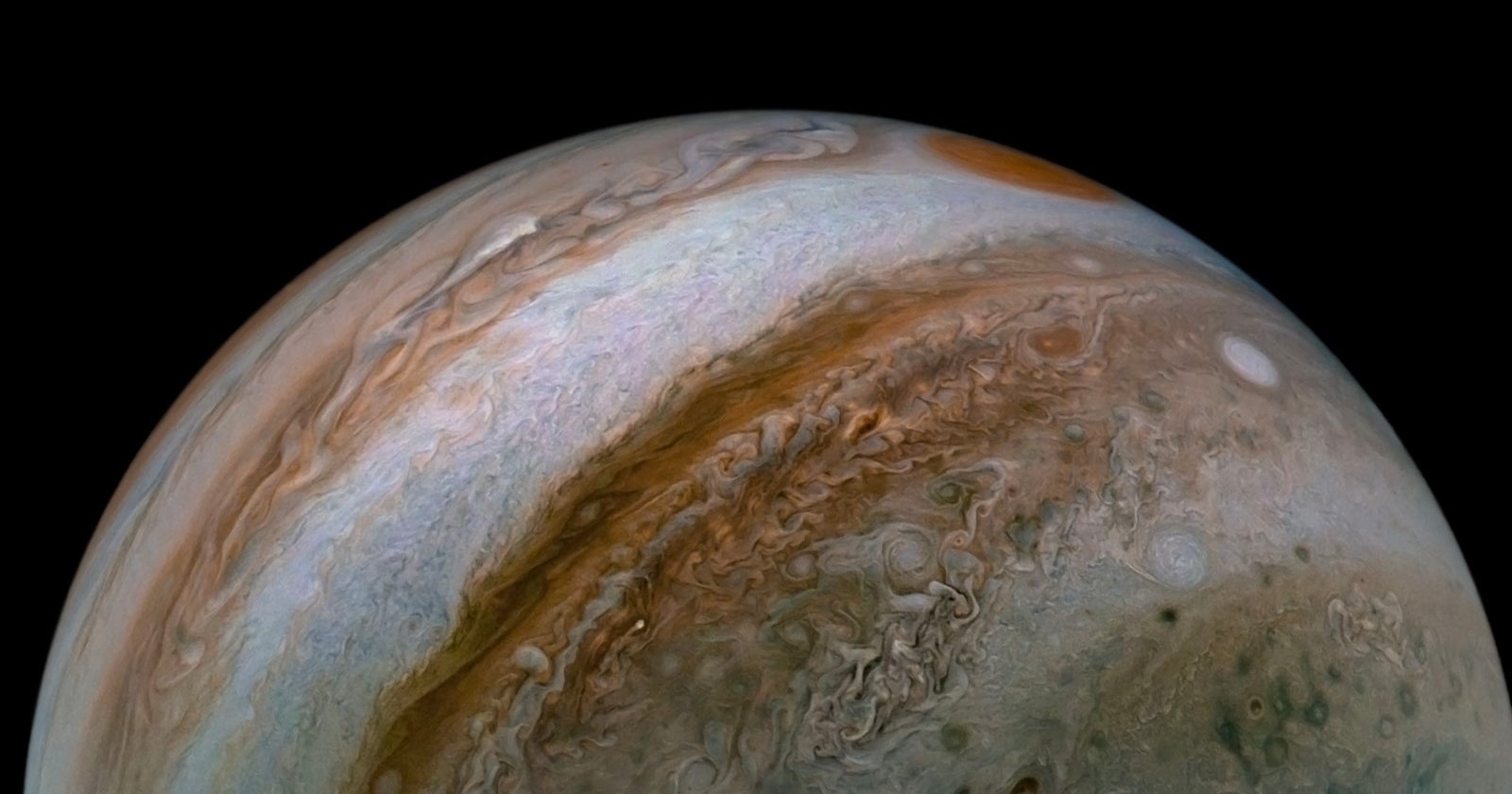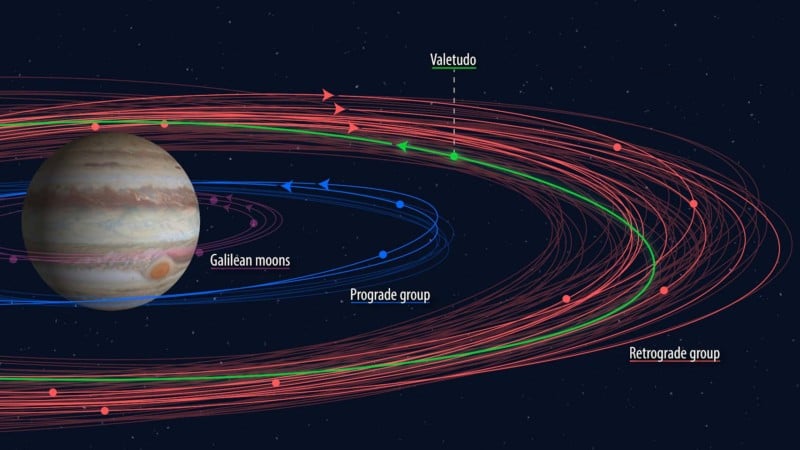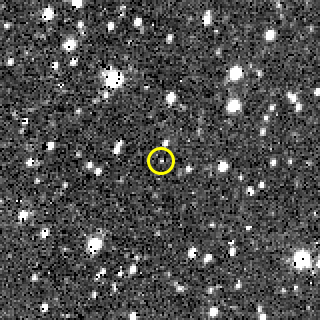
![]()
Amateur astronomer Kai Ly has discovered a new moon of Jupiter while examining photos taken in 2003 with the Canada-France-Hawaii Telescope (CFHT). It is the first time a new moon in the Solar System has been discovered by an amateur.
As reported by Sky and Telescope, Ly was looking through the photos as a continuation of their feat last year where they found four of five “lost” Jovian moons. Using images from the same publicly available archive, Ly continued scouring the images which previously had led to the discovery of 23 new satellites of Jupiter from 2003 to 2004.
Jupiter has 79 moons that have been acknowledged by the International Astronomical Union’s Minor Planet Center, but Ly has submitted the 80th for official recognition. Most of the planet’s prograde moons (purple, blue) orbit relatively close to Jupiter, while its retrograde moons (red) orbit farther out. One exception is Valetudo (green), a prograde-moving body discovered in 2018 that orbits particularly far out among the retrograde moons.

Ly examined three survey images that cover the same region of the sky at different periods and was unable to successfully recover two of three potential moons, but the third was found in multiple images over a 22-day arc that suggested that it was actually bound to Jupiter’s orbit. Ly then had enough information to trace the moon’s orbit from another month before looking at observations of the area from beyond 2003.
Ly found that the moon was near the same predicated position in later images taken through early 2018. In the end, Ly found an arc of 76 observations over more than 15 years which is more than long enough to consider its orbit secured for decades.
“It would be nearly impossible for artifacts to fit a Jovicentric orbit over so many different nights using different cameras,” David Tholen of the University of Hawai’i says, confirming that Ly’s findings are more than enough to show it is a moon.
“I’m proud to say that this is the first planetary moon discovered by an amateur astronomer!” Ly says, but humbly admits it is one of what could be many others waiting for discovery in the area.

The moon is described as a member of the retrograde Carme group, which includes 22 other small moons that orbit the gas giant in the opposite direction of its spin with a full orbit taking about two years. Each moon is quite small, and the first of those in the Carme group to be discovered was just 45 kilometers across.
Ly, who describes their moon-hunting as “as summer hobby” is an example of what can be achieved when observatories post survey data openly, as it creates more opportunities for amateurs to make discoveries.
Image credits: Header image NASA/JPL-Caltech/SwRI/MSSS, processing by Tanya Oleksuik © CC NC SA.






